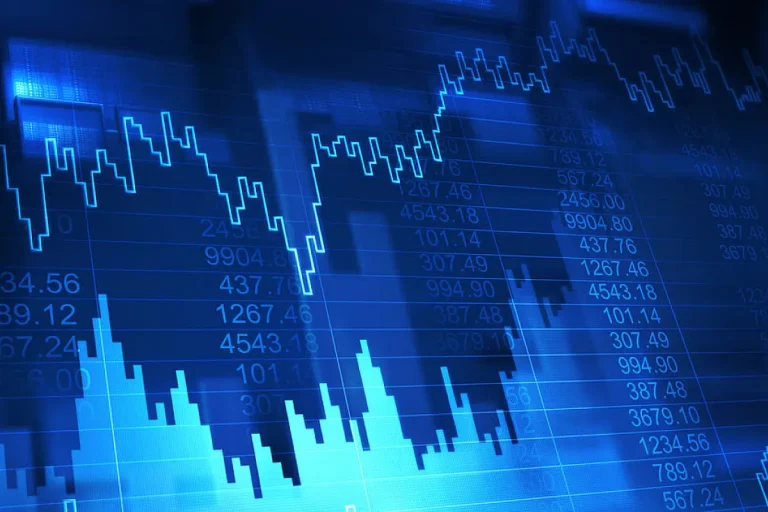
Global Macro Trends
Global macro trends provide a framework for understanding how large-scale economic and political developments affect markets. Investors and traders often monitor these trends to assess potential impacts on currencies, commodities, stocks, and derivatives. By examining policies, interest rates, and geopolitical shifts, readers can gain perspective on why markets move in particular directions and how these movements relate to broader economic activity.
Monetary and fiscal policies are key drivers of macro trends. Central banks influence markets through interest rate decisions, quantitative easing, and other monetary measures, while government spending and taxation policies can impact economic growth and investor sentiment. Understanding these mechanisms allows traders to contextualize market reactions and interpret price fluctuations with a more informed perspective.
Geopolitical events also play a crucial role in shaping global trends. Trade agreements, elections, conflicts, and international sanctions can introduce volatility and affect the behavior of global markets. By analyzing such events, readers can identify patterns in market responses and understand how political and economic factors interact. This awareness is critical for appreciating that markets are not isolated, but interconnected across regions and asset classes.
Finally, following global macro trends encourages strategic thinking and long-term observation. While these trends do not provide guarantees or predictive certainty, they offer context that supports measured analysis and risk management. Understanding macroeconomic forces helps readers develop a holistic view of markets, linking individual trades or instruments to the bigger picture of global financial dynamics.
